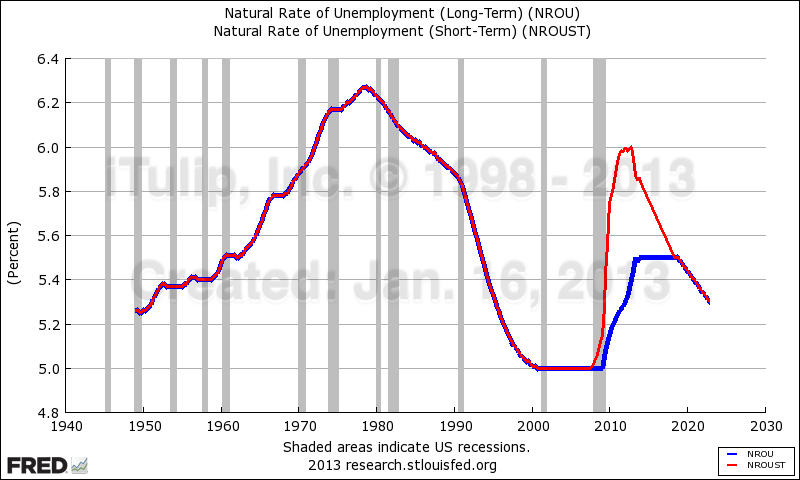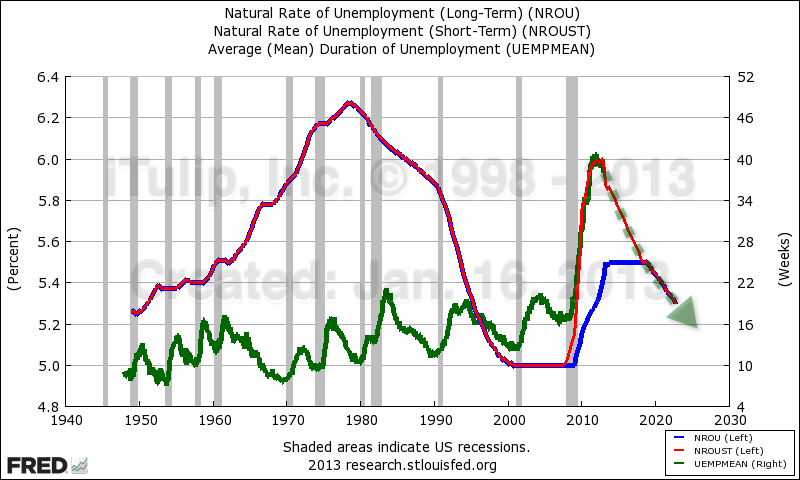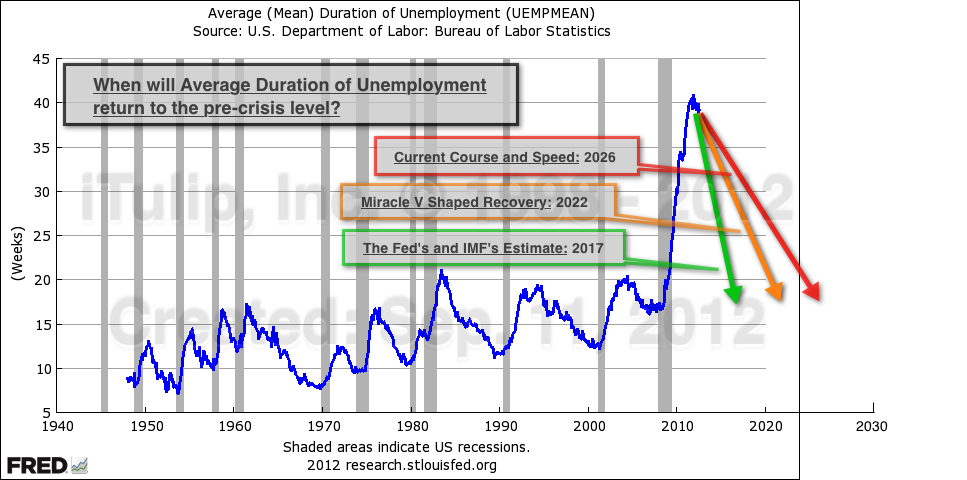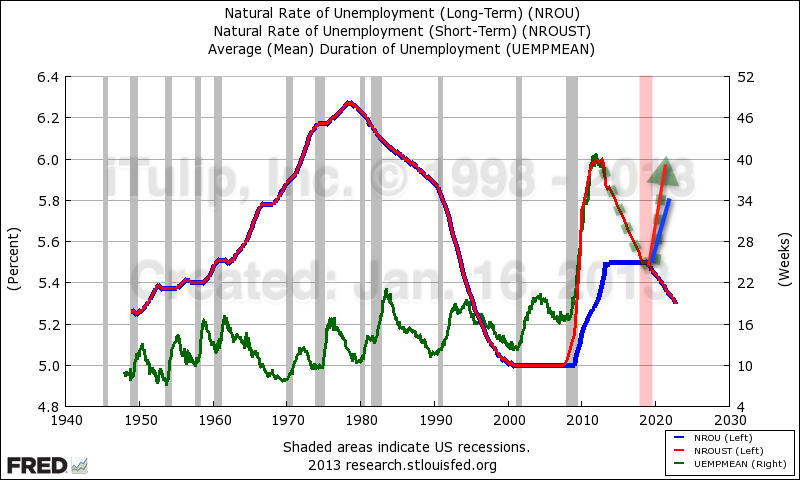Re: Income taxes, Opportunity, and Laffer
Taxes on things that do not benefit society...
FIRE: Tax the crap out of it and income from it.
Income Inequality: Tax the crap out of those at the top. Hudson's ideas are fine... a hefty property tax on ALL property, not just land. Tax on stocks, bonds, etc.
Sugar tax
Liquor Tax
Gas Tax
Junk food tax.
Inheritance tax
Luxury goods tax.
Drug taxes (marijuana, etc)
Beer tax.
HFC tax.
If you are going to address unemployment, you do not tax income. If you want to provide health care, you need to tax unhealthy things.
We have it ass-backwards. We tax people who work. We do not tax people who push FIRE paper around. Capital gains should be taxed at the highest rates, not the lowest. Interest expenses should never be tax-deductible. Interest income should be taxed high.
Do you want the population working to survive or borrowing to survive?
The system is corrupt to the bone. It cannot be tweaked. it must crash and burn.
Taxes on things that do not benefit society...
FIRE: Tax the crap out of it and income from it.
Income Inequality: Tax the crap out of those at the top. Hudson's ideas are fine... a hefty property tax on ALL property, not just land. Tax on stocks, bonds, etc.
Sugar tax
Liquor Tax
Gas Tax
Junk food tax.
Inheritance tax
Luxury goods tax.
Drug taxes (marijuana, etc)
Beer tax.
HFC tax.
If you are going to address unemployment, you do not tax income. If you want to provide health care, you need to tax unhealthy things.
We have it ass-backwards. We tax people who work. We do not tax people who push FIRE paper around. Capital gains should be taxed at the highest rates, not the lowest. Interest expenses should never be tax-deductible. Interest income should be taxed high.
Do you want the population working to survive or borrowing to survive?
The system is corrupt to the bone. It cannot be tweaked. it must crash and burn.






Comment